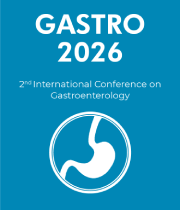Cell Biology of Liver
The liver is a complex organ with a variety of important cellular functions. In cell biology, the liver is the largest gland in the body and is responsible for removing toxins and metabolic waste products from the bloodstream, producing bile and other digestive enzymes, and producing proteins that help the body fight infection. It is a major organ involved in many metabolic processes, and it plays a vital role in maintaining health and homeostasis. The liver contains several distinct cell types, each of which has its own specific role in maintaining the health of the organ. The bulk of the liver is made up of hepatocytes, highly specialized cells that are responsible for many metabolic processes, such as the synthesis of bile, detoxification of drugs and toxins, and the breakdown of lipids and carbohydrates. These cells are also involved in the production of proteins and hormones, such as albumin and insulin. In addition to hepatocytes, other cell types found in the liver include sinusoidal endothelial cells, which form the outer lining of the organ, Kupffer cells, which are involved in the removal of worn-out red blood cells, and stellate cells, which are responsible for producing fat-soluble vitamins. Bile-producing cells, called cholangiocytes, also line the bile ducts. The liver is also home to a variety of immune cells, such as macrophages, dendritic cells, and natural killer cells, which are important for protecting the body from infection and disease. These cells contribute to the organ’s ability to respond quickly to threats, such as viruses and bacteria. Overall, the liver is an incredibly complex organ composed of many different cell types that work together to maintain the health and homeostasis of the body. A better understanding of the cellular and molecular mechanisms that control liver function is essential for the development of new treatments for a variety of liver diseases.



